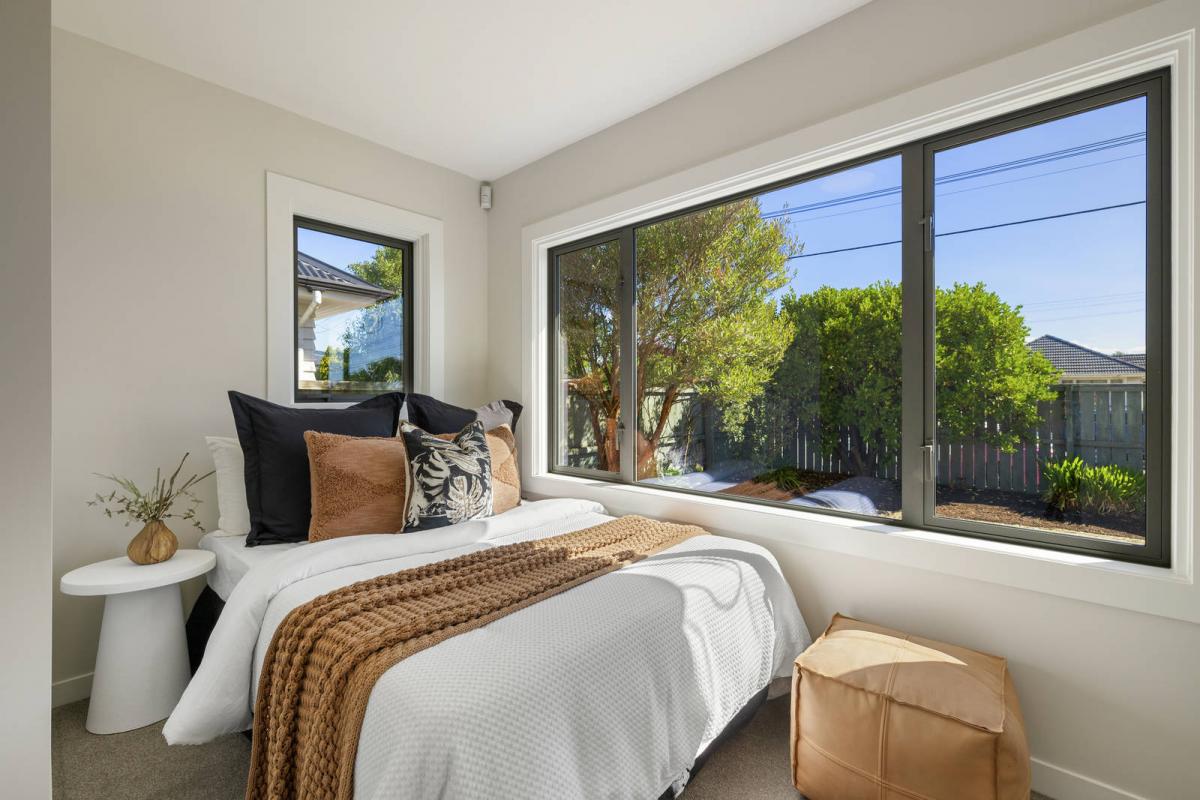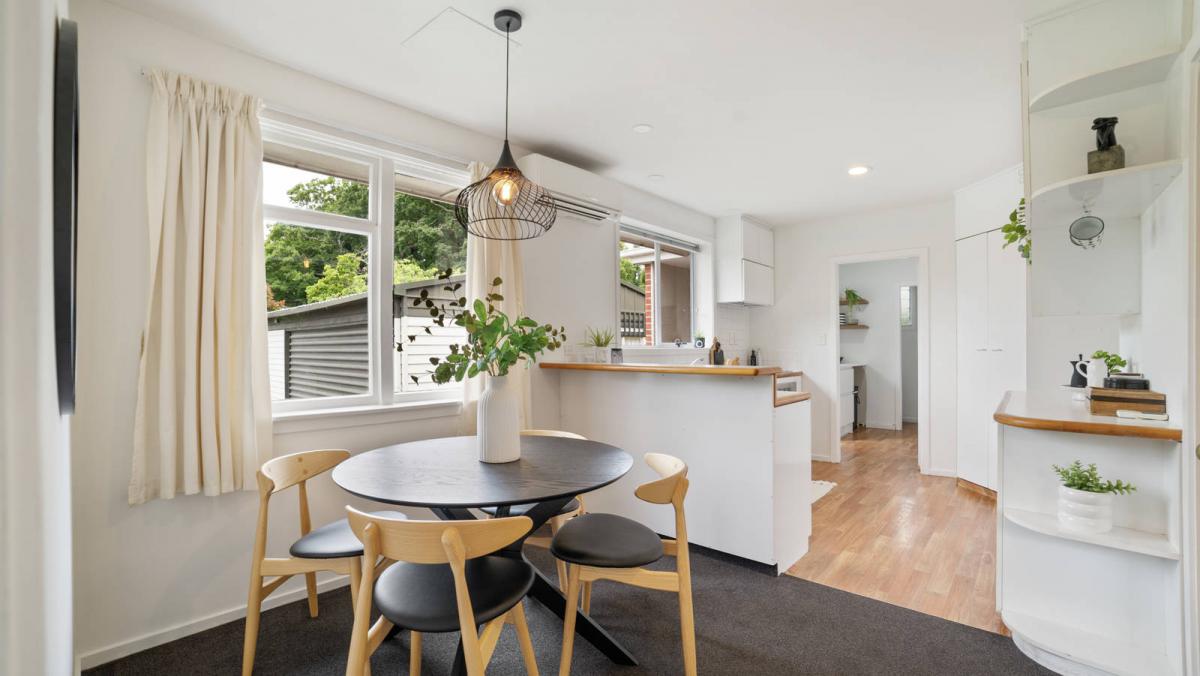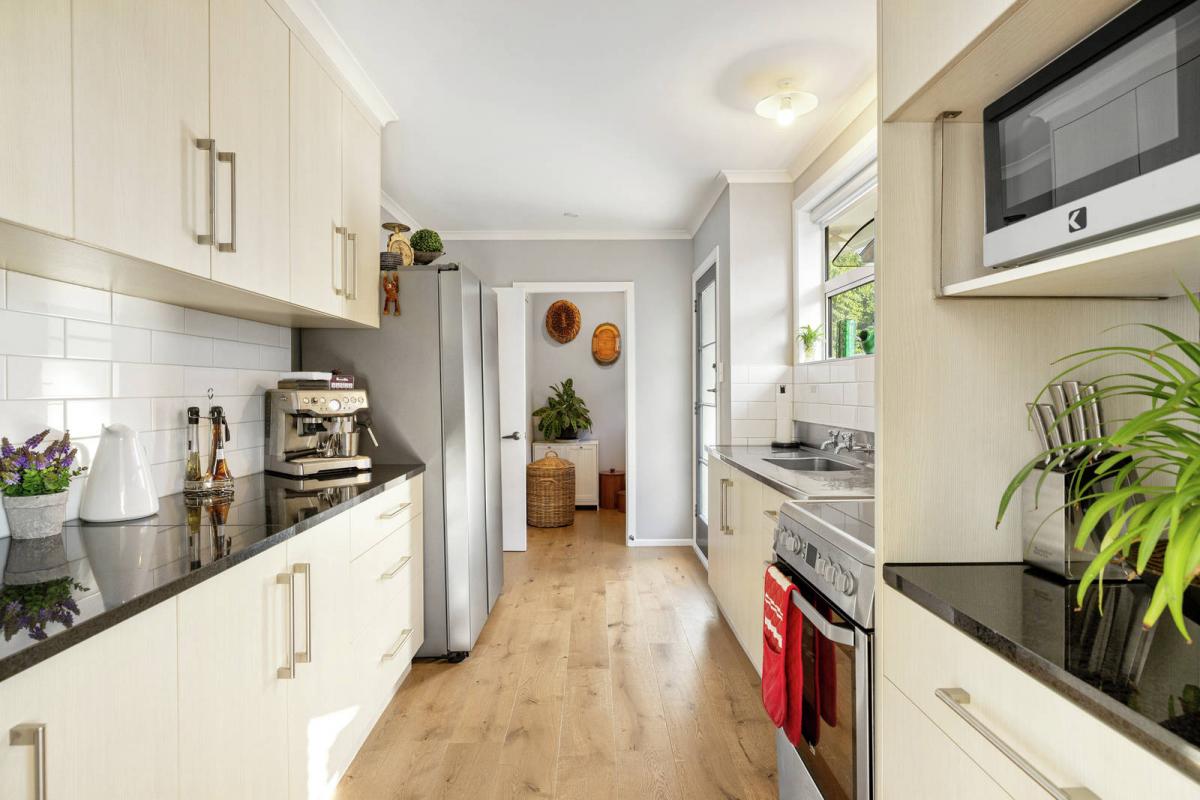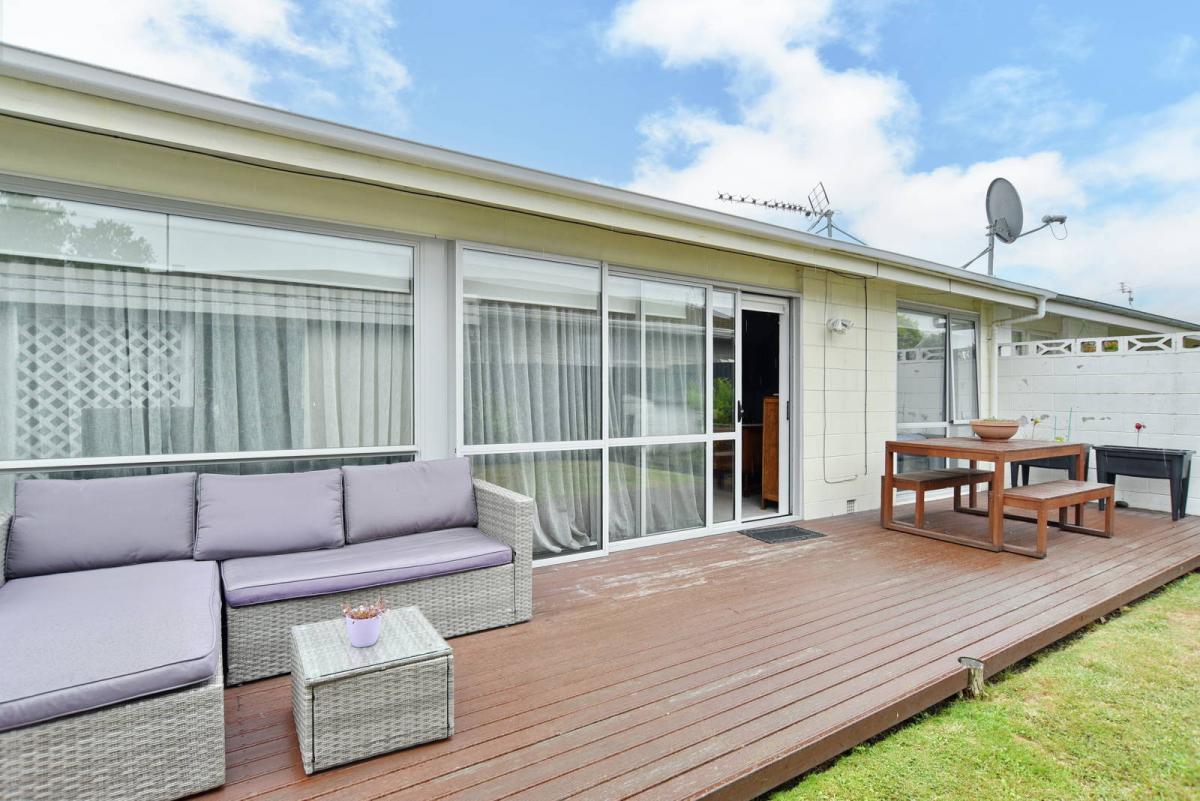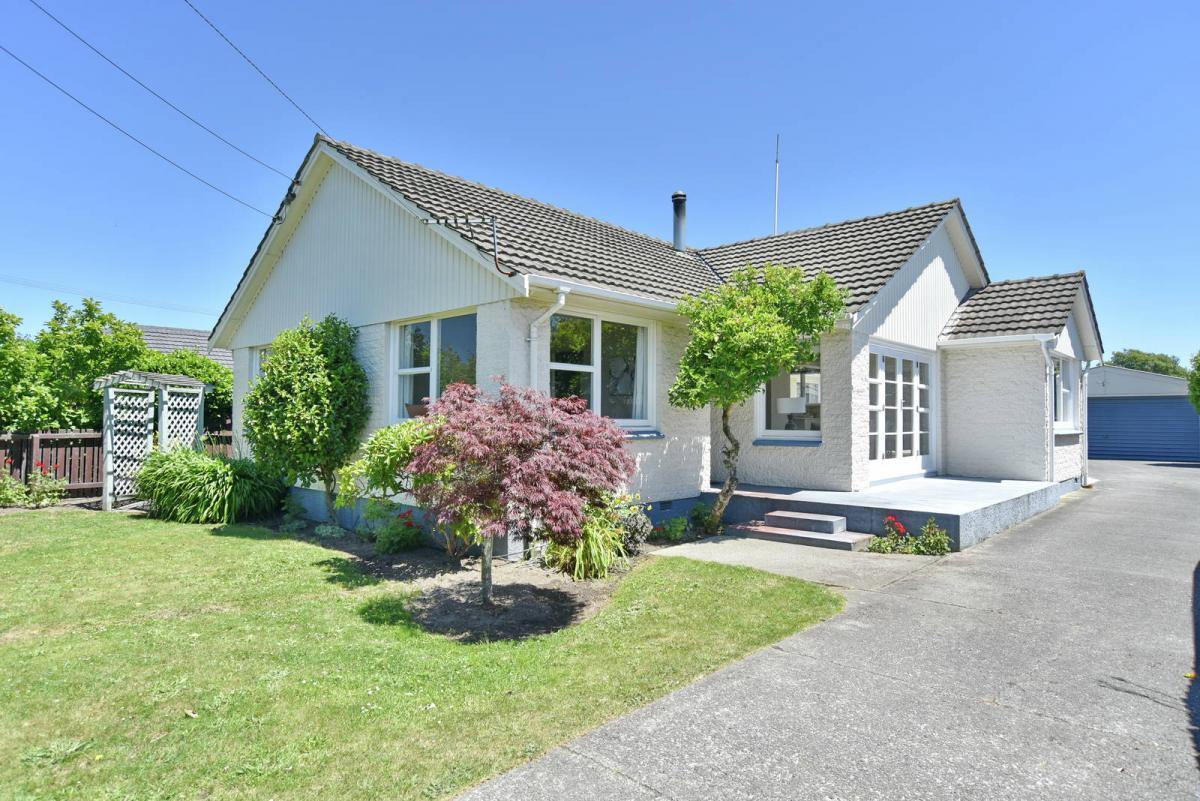Hands off city streets, says business group as mayor backtracks
By reporter Liz McDonald:
A who’s who of Christchurch property and business owners have joined forces to fight a $33 million revamp of central city streets, as the mayor backtracks on his opposition.
The group says the proposal, which is open for public feedback until next week, contains unworkable aspects and ignores the needs of businesses.
The city council last month agreed to push ahead with planning to redevelop the streets around stadium Te Kaha, which is due to open in 2026. The aim is to create pedestrian and entertainment spaces.
Work would include switching some streets to one-way, removing car parks, widening footpaths to make way for outdoor dining, planting trees, lowering speed limits, and installing $11m of new underground services for the stadium.
Central Government is expected to pick up half the $22m bill for the roading changes, which will affect Lichfield, Madras, Tuam and Barbadoes streets. The remaining $11m is for underground water infrastructure.
Mayor Phil Mauger said pre-election he was “not happy” about the programme and the money should go into stadium construction, but this week he said he was now seeing it differently.
He said the underground water structure was essential, as there was “no use having a stadium with 200 toilets and not enough pipes to take it away”.
The other $11m for the council to fund would be paid over four years. “It’s still a lot of money, but it’s slightly more digestable.” He still wanted to look for savings, he said.
The private operators speaking out in opposition are property developers and landlords Antony Gough, Philip Carter and Shaun Stockman, Central Christchurch Business Association head Annabel Turley, business owners Anne Kennett and Craig Freeman, and property managers Nicki Carter, Kerrie Bloomfield and Tim Hunt.
Gough, who developed and owns The Terrace hospitality precinct around Oxford Tce, said the plan was “sheer lunacy” and would strangle the city centre.
The council seemed to have “a very poor understanding” of what businesses need, he said.
Central City Business Association chairperson and pharmacy owner Annabel Turley said widening Lichfield St footpaths to 6m was “not needed”.
“This is in an area where the cold easterly wind blows often... Christchurch already has well planned areas for pedestrians and outdoor dining.”
Philip Carter, developer and landlord of The Crossing, said he and others had invested millions in the city and their developments attracted locals and visitors.
“But now the council wants to choke the CBD and make it even harder for shoppers, workers, tourists and central city residents to access and move around,” he said.
Fellow developer Shaun Stockman said a fair balance was needed, and while some aspects of the proposal were viable, others were “simply unworkable”.
“We don’t necessarily reject all the council plans in their entirety.”
Stockman said underground infrastructure was “an absolute must”, but much of the plan showed council staff were not at the coalface and lacked understanding of how people moved around the city.
He said he and other developers had followed the post-quake blueprint and created hospitality precincts in sheltered laneways, not on main streets, with the exception of Oxford Tce, which faces the river.
In a tweet last month, councillor Sara Templeton shared before and after pictures of the redeveloped Oxford Tce next to Riverside.
Alongside are a photo of Lichfield St and the council’s plan for that block, with Templeton commenting that Te Kaha would shelter the area and it would become “a great place to be”.
Picnic tables under trees would replace 22 car parks, and there would be “good off-street parking nearby”, she said.
Following the election last month council staff paused work on the Te Kaha streets plan in the face of the mayoral opposition. After a staff briefing, the new council restarted it and agreed to extend public consultation until November 30.
Council staff will then consider the submissions, make changes if needed, and make a recommendation to the council’s hearings panel.
The panel will meet early next year and make a recommendation to the council for a final decision.
What word sums up 2024, neighbours?
If 2020 was the year of lockdowns, banana bread, and WFH (work from home)....
In one word, how would you define 2024?
We're excited to see what you come up with!

Share your summer photos! 📷
Taken some beautiful snaps lately? Whether it's rainbows, sunsets or a beautiful summer's day, we'd love you to share the joy with us.
Share a photo in the comments below

Out with the Old, In with the Confusing!
I have hands but can’t clap.
What am I?
Do you think you know the answer to our daily riddle? Don't spoil it for your neighbours! Simply 'Like' this post and we'll post the answer in the comments below at 2pm.
Want to stop seeing riddles in your newsfeed?
Head here and hover on the Following button on the top right of the page (and it will show Unfollow) and then click it. If it is giving you the option to Follow, then you've successfully unfollowed the Riddles page.

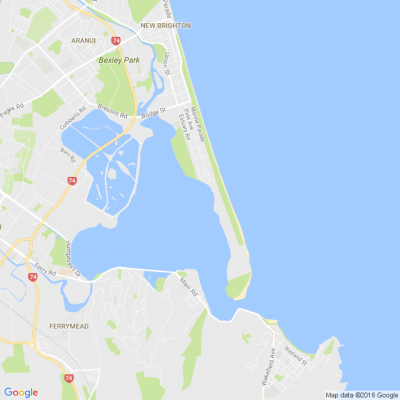
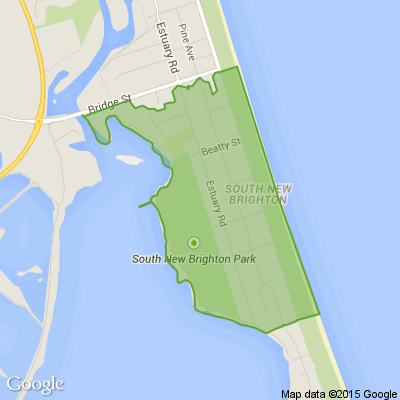







 Loading…
Loading…